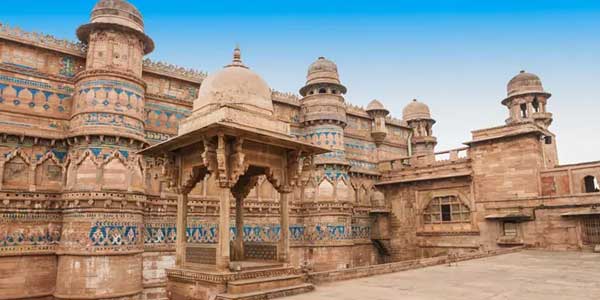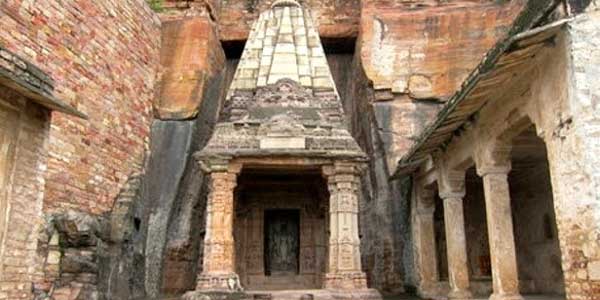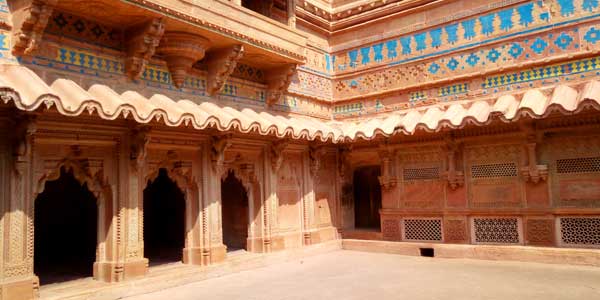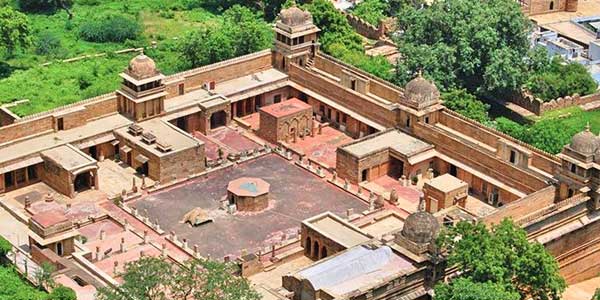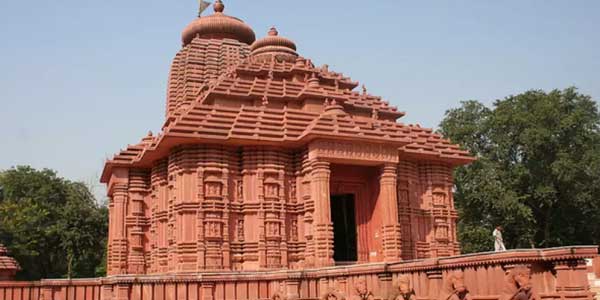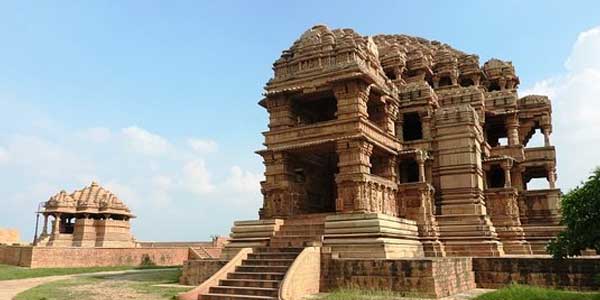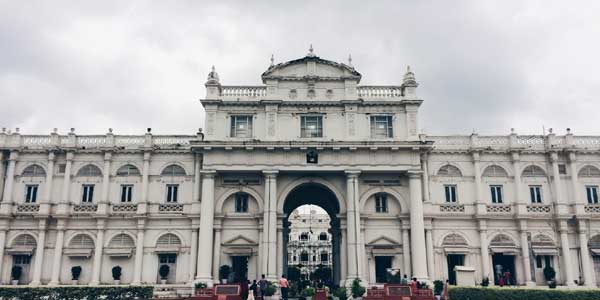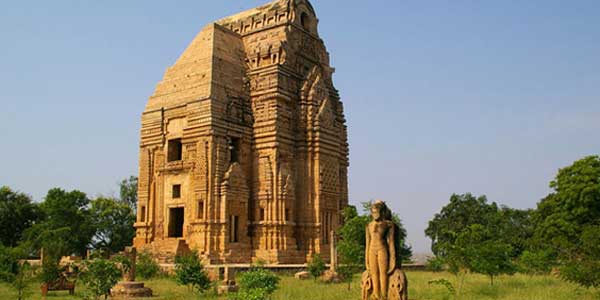
Gujari Mahal, Gwalior
Built in the 15th century by Raja Mansingh Tomar for his Gujar Queen, Mrignayani, Gujari Mahal is a monument of love. According to popular tradition, since none of the eight queens were able to produce an heir for the king, he finally married a milkman’s daughter called “naani”, whom he named “Mrignayani” (meaning beautiful eyes). Mrignayani demanded a separate palace for her with constant water supply from river Ria and hence, Gujari Mahal in Gwalior in India came up. The palace now has an archaeological museum that has a large collection of Hindu and Jain sculptures, archaeological pieces from the 1st and the 2nd century B.C, copies of Bagh cave frescoes and Terracotta items. The statue of Salbhanjika, a marvellous piece in miniature is in the custody of the museum’s curator and can be seen on request.
In the year 1922, it was converted into a museum by the archaeology department. The museum has 28 galleries and 9000 artifacts. It has artifacts from the 1st century onwards. Precious stones, jewels, terracotta objects, weapons, artifacts, sculptures, paintings, inscriptions, pottery, etc. are displayed here. The wide array of sculptures in the Gujari Mahal museum includes the world famous Shalabhanjika Yakshi, Trimurthi Nataraj Ardhanareshwar and Yamraj. It also has photographs of Madhu and Dhar areas of the city which are 75 year old. It has evidence about the life of Tansen, the great musician of the 15th century. The museum is a must-visit for any Indian historian and for a lover of history.
Gwalior Monuments
Gwalior Monuments lies to the south of Agra, about 122 km. A historic town renowned for its ancient and magnificent forts and palaces, Gwalior is home to many tourist attractions worth visiting when on a tour of Madhya Pradesh to Gwalior. Gwalior's temples and museums are among the city's many tourist attractions.
Gwalior occupies an significant role in the medieval history and struggle for independence in India. The town is also renowned for being home to many of the country's respected colleges and schools. Rich in cultural heritage and architectural marvels, Gwalior was placed under the control of many dynasties of the Pratiharas, Kacchwahas and Tomars heroic Rajput clans. This city has preserved its rich cultural heritage, expressed marvelously in its palaces , temples and museums.
The Gwalior Monuments and Museums attract numerous visitors from every corner of the globe to Gwalior. Gwalior Monuments and Museums are not only buildings in stone and brick, but they are the living examples from which we can go back in time and discover India's past.
Gwalior India's Monuments in and Museums are outstanding examples of the glorious architectural heritage of the past. For decades, the remains of such buildings tended to fascinate art lovers and historians. The Monuments and Museums in Gwalior, worldwide revered for their architectural splendour, owe their execution to the imagination of great rulers of the past Those who dared to push their thoughts to the very limits of human thinking. From the pages of their history book each of these monuments narrates a distinctive tale. Gwalior museums houses a rich and varied array of ancient sculptures, artifacts, and buildings.
Built on steep sandstone ground, Gwalior Fort is the most exemplary among the Gwalior Monuments and Museums. Another famous monument inside the walls of the Fort is Gujari Mahal from the 15th century – designed as a symbol of Raja Mansingh Tomar 's love for his Gujar wife, Mrignayani. Constructed between 1486 and 1517 by Raja Mansingh, Mansingh Palace is yet another wonderful architectural splendor. The Jai Vilas Palace-current residence of the Scindia family-is also popular among the monuments and museums in Gwalior. Constructed to show a fine mix of Tuscan and Corinthian architectural styles, this palace is one of the city's main attractions.


